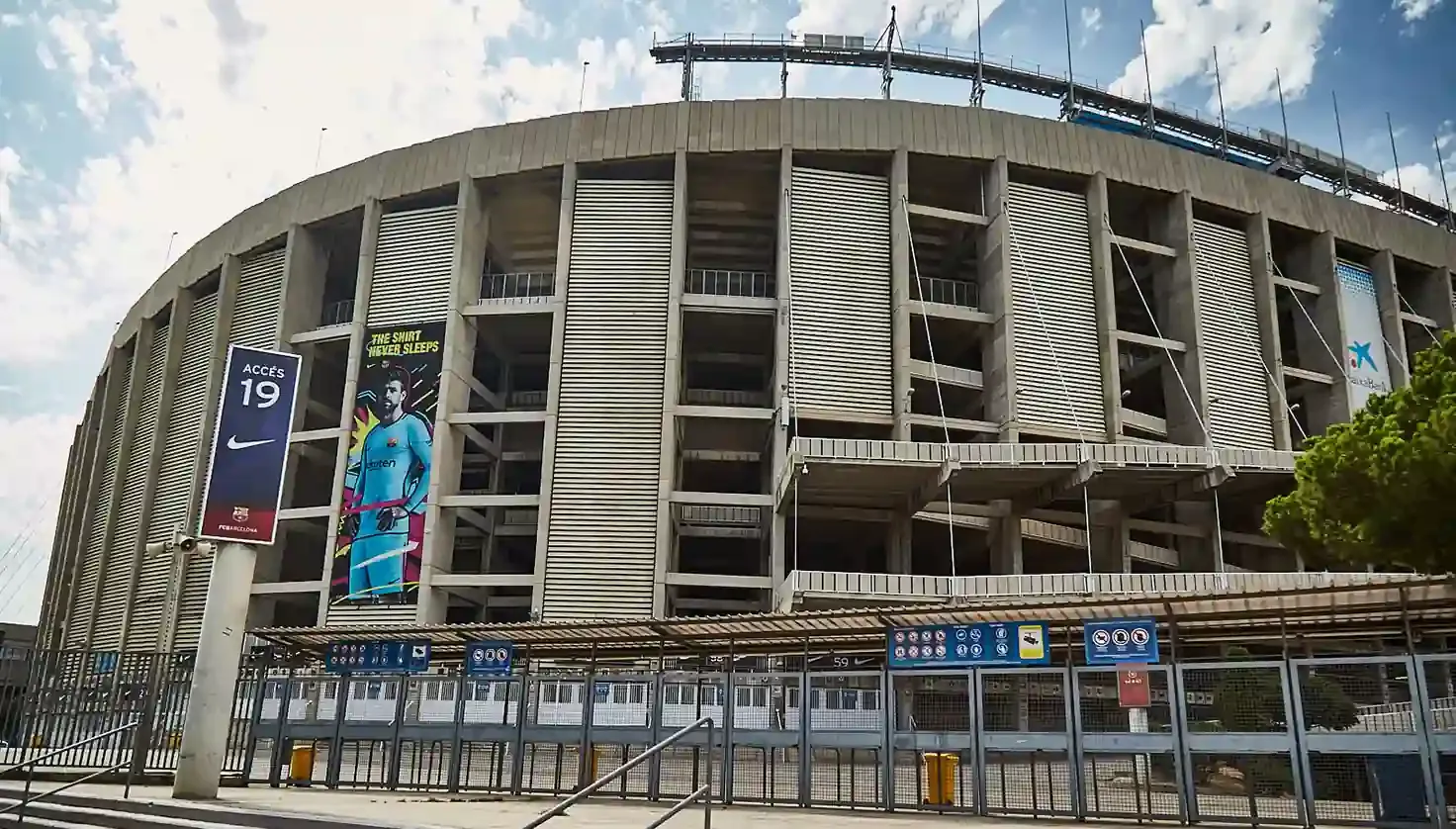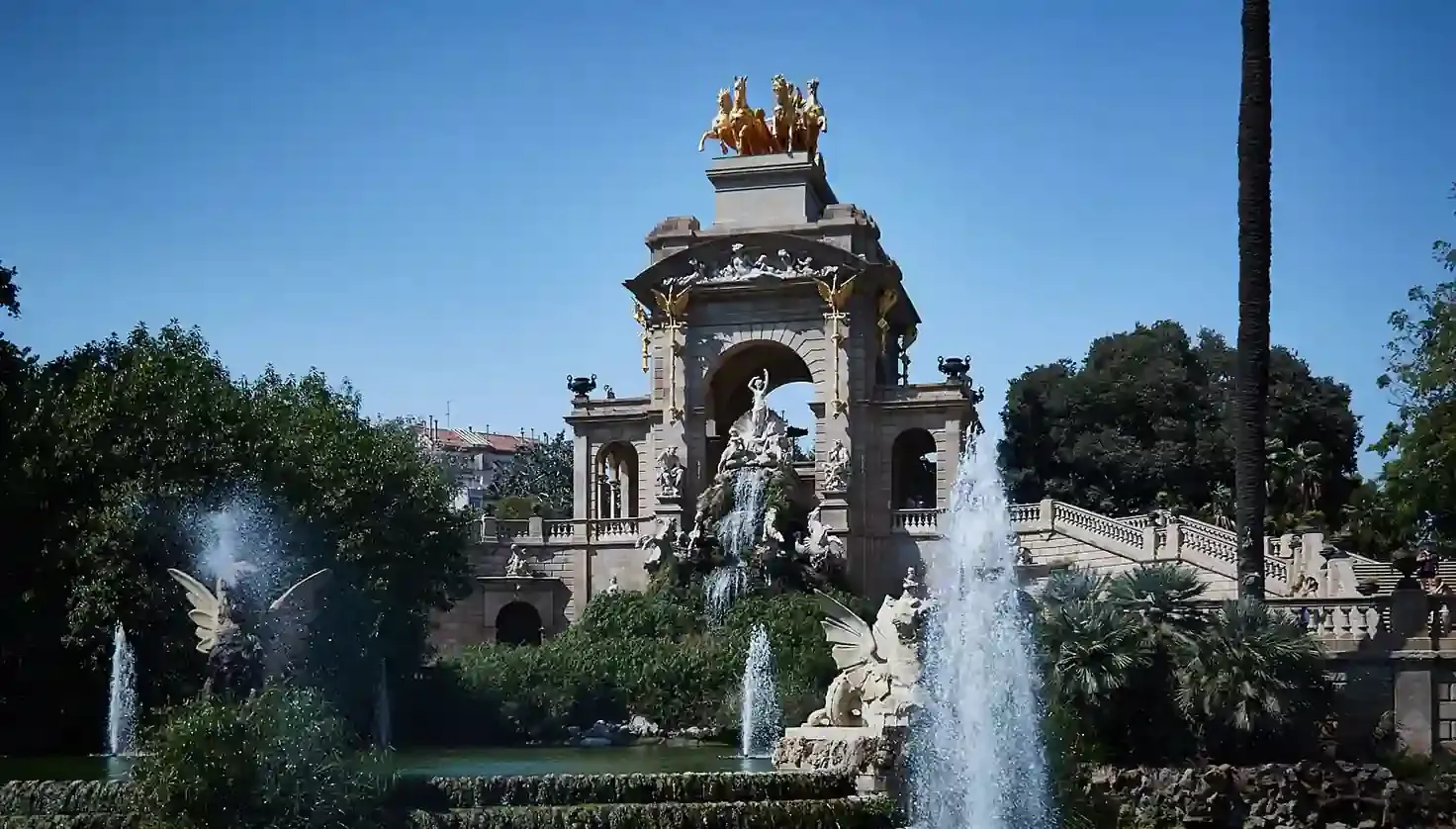Barcelona Zoo
More than 2,000 animals from 300 different species, and over 1,300 trees, shrubs, plants, and flowers from around 320 botanical species
The Barcelona Zoo is a facility with 10 distinct areas where you’ll find all kinds of animals. It was inaugurated in 1892 in the Parc de la Ciutadella, on a site that was part of the facilities built for the 1888 Universal Exposition. The main goals of the Barcelona Zoo are conservation, research, and education.

Barcelona Bus Turístic, on the Hola Barcelona app
Your app for visiting the city with the Barcelona Bus Turístic: routes, stops and the most iconic places. A comfortable way to carry your tickets too!
Zoo Areas
Currently, the Barcelona Zoo has 10 areas that replicate the ideal habitats where different species live in the wild:
- Land of Dragons: featuring species from Asia and the Pacific, such as Komodo dragons and Muntjac deer.
- Terrarium: home to one of the best collections of amphibians and reptiles in all of Europe.
- Aviary: houses over 70 bird species from different continents, with great breeding success—even of endangered species—allowing the zoo to send offspring to other zoological centers.
- Farm: a space dedicated to children, where they can meet goats, cows, ponies, sheep, pigs, horses, donkeys, and even a Catalan donkey.
- Gorilla Space: an interactive area to learn how the primates most similar to humans in intelligence and emotion live.
- Primate and Tamarin Galleries: you’ll see De Brazza monkeys, Martin’s white-nosed monkeys, Barbary monkeys, talapoins, and South American tamarins, among others.
- Palm Grove: a group of thirteen aviaries home to many psittacine species, such as cockatoos, parrots, and parakeets.
- Aquarama: the home of the zoo’s sea lions.
- Flight Aviary: a large dome where you can observe various bird species that inhabit wetlands.
- Biodiversity Garden: a space designed to support native wildlife living in the city of Barcelona.
In addition to these areas, the Barcelona Zoo is also home to large mammals such as hippos, gazelles, giraffes, cheetahs, lions, elephants, meerkats, and rhinos, among others.
Discover the Most Special Animals
At the Barcelona Zoo, you’ll enjoy one of the most complete and important animal collections in Europe.
Children will have a great time seeing their favorite farm animals: goats, sheep, pigs, horses, donkeys... They’ll learn how they live, what they eat, their habits, and anything else they want to know. At the Barcelona Zoo, they’ll find answers to all their questions.
The Palm Grove is an ideal garden for a peaceful stroll and to observe the bird species living there from different angles and changing perspectives. Be amazed by the vibrant colors of cockatoos, parakeets, macaws, and parrots. The surrounding vegetation and presence of other birds create a sense of disorientation for visitors. Entering the Palm Grove feels like total immersion!
But the animals that most captivate visitors due to their similarity to us are the primates. They live in the small primates gallery, where you’ll currently find De Brazza monkeys, Martin’s white-nosed monkeys, red monkeys, talapoins, siamangs, collared mangabeys, and South American tamarins, among others.
You can also observe several marine aquariums featuring the most representative fish and invertebrates of the Mediterranean and Atlantic coasts.
How to Get to the Barcelona Zoo?
The Red Route of the Barcelona Tourist Bus has a stop at Port Olímpic - Zoo, which drops you very close to the zoo entrance.
Opening Hours, Prices, and Tickets
The Barcelona Zoo is open every day of the year. However, the schedule varies depending on the season, as animals don’t follow clocks but the rhythm of sunlight. The zoo always opens at the same time, but closing time changes.
If you’re planning your visit to the Barcelona Zoo, you should know that there are different general rates depending on the visitor’s age, as well as for members of the Zoo Club.
All information about opening hours, prices, ticket purchases (at the ticket office and online), offers and discounts, how to become a Zoo Club member, and how to plan your visit can be found at the following link to the official Barcelona Zoo website.
For the curious
- The Barcelona Zoo was founded from the private collection of banker Lluís Martí i Codolar, who donated his animals to the City Council in 1892. Throughout its history, it has had notable residents such as the elephant “Avi,” who died in 1914; the orca “Ulises,” who lived at the zoo from 1983 to 1994; and the iconic “Snowflake,” the only known albino gorilla, who lived in Barcelona from 1966 until his death in 2003.
- The Barcelona Zoo participates in 97 ex-situ conservation programs for endangered species and is one of the headquarters of the Jane Goodall Institute.













